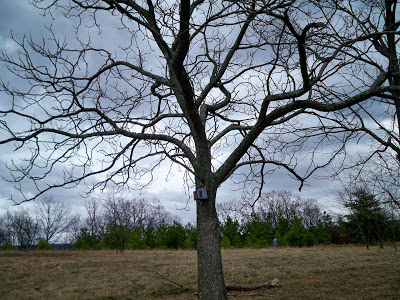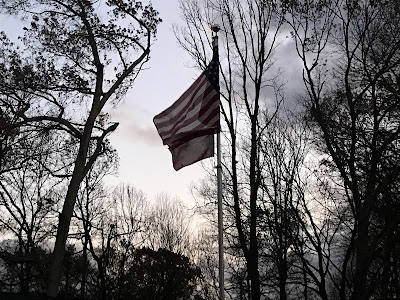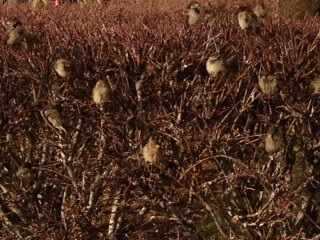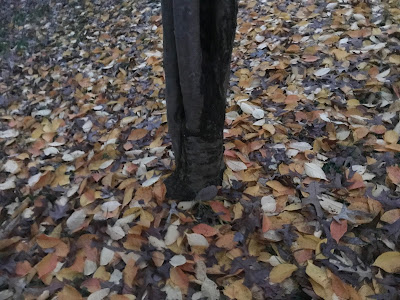Winter Sight
As seasons pass, dimensions change and distances shrink. The greenery that hemmed us in only last month has thinned and drooped. Leaves have shriveled and blown away. What was once a screen is now an open book.
We hear about winter light, the low-slanting sun, but not as much about winter sight.
My woods walks lately reveal shiny new objects: small metal discs hammered into tree bark. Some trees have been tagged recently because the metal gleams and the discs swing freely on their nails. The older discs have dimmed and dulled; some you can hardly see because they have been swallowed up by bark. The trees have grown around them. Eventually those markers will seem little more than a metal eye.
While these older markers have been there all along, I saw them as if for the first time over the weekend. It was the winter landscape that drew my eyes to them, the same bare expanse that lets us glimpse a hidden stream or the outline of a hill, once shrouded in green. It is winter sight.









